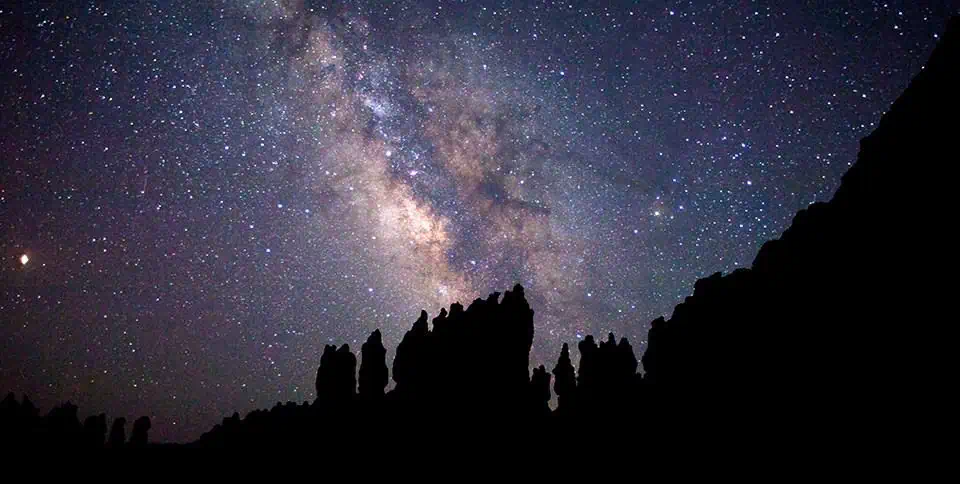June is Great Outdoors Month
America boasts millions of acres of public lands, encompassing dozens of national recreation areas, over 400 national park sites, and more than 500 national wildlife refuges. Whether you’re an avid camper, hiker, biker, swimmer, or angler, there are thousands of places waiting for your adventure. June is a great month to reconnect with America’s parks—it’s also a great time to get involved in helping to preserve these treasured spaces.
There are both public and private efforts to preserve and protect our public lands. The Great American Outdoors Act of 2020 allocates $9.5 billion over five years for the maintenance of national parks and public lands, addressing a long-standing maintenance backlog. Its impact has been significant, enhancing recreational opportunities, preserving natural landscapes, and supporting local economies dependent on outdoor tourism.
As of April 2024, the Act has addressed $774.9 million in deferred maintenance, completed 254 projects, and has 377 more underway across all 50 states, Washington, DC, and other territories. Since 2021, these projects have created over 17,000 jobs and contributed an average of $1.8 billion annually to local economies.
June 1st offers a special opportunity to celebrate and support these efforts. The American Hiking Society’s National Trails Day is “a day of service for hometown trails and the people who love them.” AHS hosts public events focused on advocacy, trail service, and encouraging communities to connect outdoors. Participating in a trail stewardship project is a wonderful way to celebrate the great outdoors and contribute to the maintenance of our public lands. Join an event near you and make a positive impact on our beloved trails!
Everglades NP (Florida): Guided Tours
The Everglades is known for impressive biodiversity, but did you know its biodiversity is the result of being at the transition from tropical to temperate climates? This subtropical location is at the northern limit of the range for tropical species like the American crocodile, and at the southern limit of the range for temperate species like the American alligator.
Globally, intact ecosystems in transition zones like the Everglades are pretty rare these days, making the 1.5 million acres that Everglades National Park preserves a true gem in the National Park Service.
Want to see it, but don’t know where to start? You have choices! Guided tours from permitted guides are a great option and are available in addition to the regularly scheduled concession or ranger-led tours available in the park.
There are all kinds of tours: fishing, photography, paddling, birdwatching, and eco tours. Paddling in a canoe or kayak is a great way to explore the freshwater marsh, mangrove forests, the 10,000 Islands, and the open waters of Florida Bay. If you prefer to stay on land, there are five different bike trails and miles of hiking trails. Don’t forget bug spray—you’re going to need it.
Bryce Canyon NP (Utah): Astronomy Festival
Bryce Canyon’s Astronomy Festival returns June 5-8 with activities for both your inner artist and astronomer. Join astrophotographer Don Riddle and Dr. Michael Kelzenberg from CalTech for special astrophotography workshops each night of this annual 4-day festival.
Workshops are open to all levels of experience but are geared toward beginners. Participation is free, but limited to 15 people per night. Classes begin at 9 p.m. with 90 minutes of instruction followed by astrophotography among the hoodoos of the Bryce Amphitheater.

The Wave (Arizona)
The Wave is a stunning sandstone formation in northern Arizona renowned for its striking, wave-like patterns and vivid colors. Access to this natural wonder—located in the Coyote Buttes North area of the Paria Canyon-Vermilion Cliffs Wilderness—requires a permit due to its fragile environment and limited daily visitors.
The hike to the Wave is a physically demanding 6.4 mile round-trip hike. Permit-holders need to be in good physical condition and be comfortable navigating in undeveloped areas. The eight-mile drive to the trailhead is unpaved, and if it rains, you’ll need a four-wheel-drive vehicle. This wilderness area does not contain any developed trails or facilities. Permit-holders are given a route description, which includes a route map, photo guide and GPS coordinates along the suggested route to the Wave.
You can apply for a permit through the Bureau of Land Management (BLM) online lottery system at Recreation.gov. There are two lotteries: one four months in advance and another for next-day permits. The process has multiple steps and deadlines to be aware of, so do your homework!
Top photo of The Wave in Arizona by Romain Guy/Wikimedia Commons

